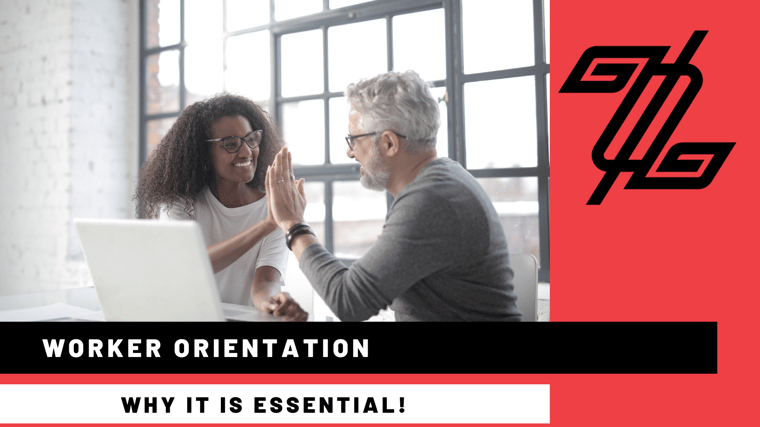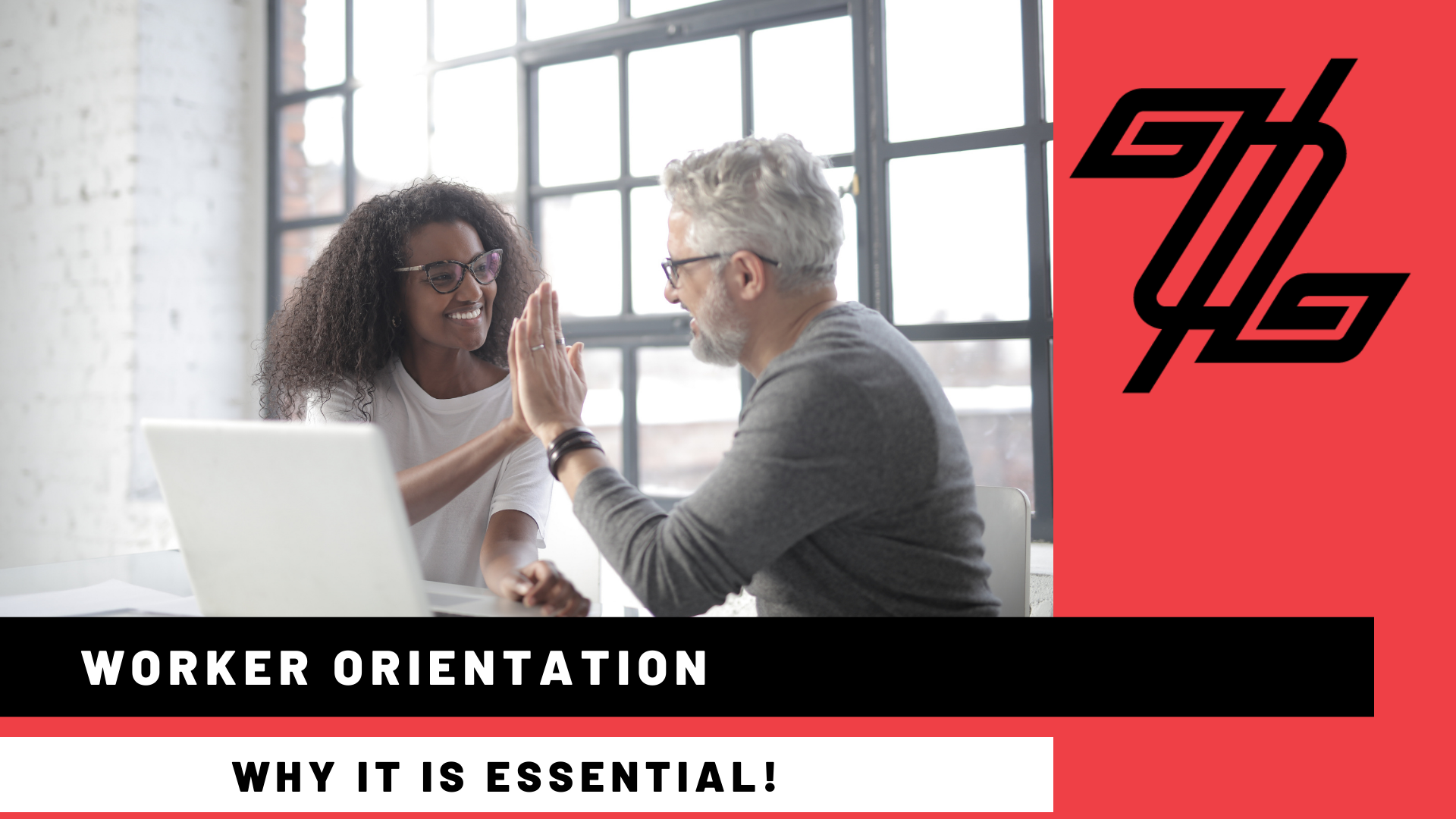Worker Orientation: Why it is essential!

The first month on the job can be uncertain and full of risk for any new worker and their colleagues. A worker orientation (also known as Onboarding) is the process of successfully integrating new employees into an organization. Providing an effective orientation can help with a smooth transition into the company. In this blog, we will discuss why a worker orientation is essential no matter the profession and what must be covered to create a successful orientation.
Why are Worker Orientations essential?
A well-crafted worker orientation is vital for four reasons: first, it helps to ensure that workers are aware of their responsibilities and the safety hazards associated with their job setting the cultural tone for the organization. Our friends over at CCOHS stated, “inexperienced workers, in general, are involved in accidents at a higher rate than others.” Second, it opens a dialog with Management, identifying expectations early and establishing a rapport with new team members. As mentioned in a previous blog Communication is one of the most important aspects of teamwork. Third, it allows new workers to become contributing members of the team quickly and efficiently. Finally, it helps to create a welcoming environment, promoting a foundation of trust between the employee and the company; leading to improved worker satisfaction and reduced turnover.
What should be included in a company orientation?
There are several steps that must always occur when conducting a successful orientation. In the beginning, organizers should lay out a structured plan of execution, then consider the following list of items when developing your company orientation:
- An overview of the company, its history, and philosophy
- The worker's job description and expectations
- A tour of the facility
- Information on company policies and procedures, including:
-
- health and safety policies and procedures,
- health and safety responsibilities,
- workers' rights (right to refuse, right to know, right to participate)
- task-specific hazards and controls,
- GHS information
- applicable regulatory requirements (e.g., OHS legislation, WCB, NSC, etc.)
- discipline/enforcement policies
- Emergency response (ERP) procedures (including alert/alarm systems)
- Incident, Hazard, and near-miss reporting.
-
- sign-off by the employee and person conducting the orientation
It can also be a great opportunity for human resources to complete important paperwork and provide materials like identification, devices, and login information.
Conclusion
Orientations are a crucial step in ensuring a safe and productive workplace. By orienting workers to the company, their job duties and expectations, and the safety hazards associated with their job, you can help reduce the workplace's risk of injuries, illnesses, and fatalities. Orientation is also an opportunity to engage employees and build trust between the worker and the company. When done correctly, worker orientation can benefit both the worker and the employer. Orienting workers is just one part of the more extensive health and safety process in the workplace.
“An investment in knowledge pays the best interest.” - Benjamin Franklin
For more information on creating a safe and healthy workplace, visit our website or contact us today. Thanks for joining us on our path to Achieve Zero.

